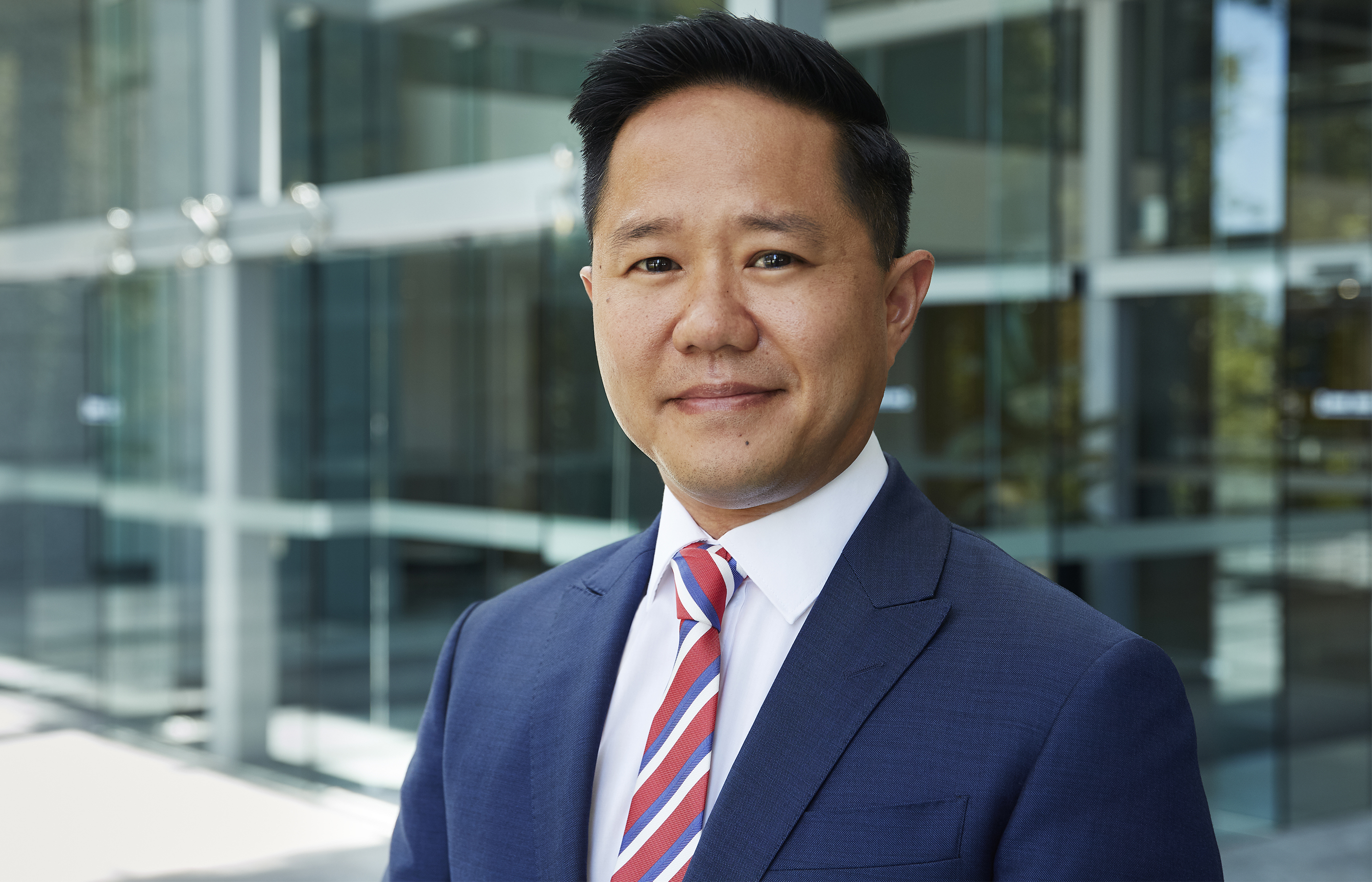Assets that underpin a company’s capacity to trade (and implicitly, its very existence) are not assets which are ‘readily realisable’ when assessing the company’s solvency, whether on the cashflow or balance sheet tests of solvency. As recently considered by the Supreme Court of Victoria – Court of Appeal, this is especially so where the company is dormant, has no income producing activity at the time the solvency assessment occurs and the asset requires further investment and development to achieve full value.
But even if these critical assets are capable of being sold within a reasonable time, ‘readily realisable’ is a determination which rests on when the proceeds of sale are received not when a contract of sale is entered into. Only if those proceeds of sale are received by the company within a reasonable period of time – as it applies to the industry that the company operates in - can solvency be established sufficient to resist a winding-up application.1
Legend International Holdings Inc (Legend) held phosphate mining tenements, which tenements constituted the company’s primary, and only, asset. As part of a pre-IPO restructure, Legend transferred the tenements to Paradise Phosphate Ltd (Paradise) in return for which Paradise issued 100% of its shareholding to Legend. The IPO failed. Legend and Paradise fell dormant and did not engage in any income producing activities or otherwise have an ongoing source of revenue.2
Thereafter, a series of transactions between Legend, Paradise and a third company, Queensland Phosphate Limited (Phosphate) was implemented. Those three companies variously had the same, or related party, directors (themselves also relatives) and broadly, the transactions were directed at preserving the tenements - and any inherent development value - while Legend defended arbitration, and subsequently litigation, brought against it in Singapore by Indian Farmers Fertiliser Cooperative Ltd (IFFC) over various share option and shareholder agreements. IFFC succeeded in arbitration, obtained orders to enforce the arbitral award in Singapore and subsequently an order in the Supreme Court of Victoria to enforce the judgment. On 18 February 2016 IFFC served a statutory demand on Legend for payment of approximately A$22.5 million.3
Legend failed to pay the demand and on 2 June 2016, following an application for winding up by IFFC, the court ordered that Legend be wound up in insolvency.4 In a subsequent application by the liquidators of Legend, the court also ordered the winding up of Paradise.5
On appeal, Paradise and Phosphate argued that the Trial Judge in Re Legend International Holdings Inc (in liq) [2018] VSC 789 (Randall AsJ) erred in finding that Legend and Paradise were insolvent and ordering that they be wound up.6 Various other grounds were advanced but are not discussed in this update.
Paradise and Phosphate submitted that the tenements held by Paradise (and ultimately Legend, as the parent entity) were a readily realisable asset and that the Trial Judge had no regard to the commercial realities of the mining industry, suggesting that:
It is well established that the applicable test for determining a company’s solvency includes not just funds limited to the cash resources immediately available, but also funds which can be procured by realisation by sale or mortgage of assets within a relatively short period of time: Sandell v Porter (1966) 115 CLR 666, 670 per Barwick CJ (‘Sandell’).
Here, annual reports produced by Legend and Paradise evidenced dormant business activity since 2011, concerns as to Legend’s capacity to trade as a going concern and financial statements which revealed an excess of liabilities over assets.8 At trial, a director of Phosphate, and former director of Legend and Paradise, gave evidence that further investment of up to $30M over 6 months was required before one of the tenements could produce phosphate with another requiring development and investment over several years.
Evidence at trial as to the value of the tenements varied significantly. One valuation proposed a preferred value of $3.2M whereas another proposed a preferred value of $29.5M, with a technical valuation of between $16.5M and $42.5M, and a forced market sale value of $17.5.M. Paradise’s own accounts ascribed a figure of significantly less.
There was no evidence from Legend, Paradise or Phosphate that a sale of the tenements (or any part of them) was contemplated, potential buyers had been identified or the length of time required to complete a sale transaction, that is, receive funds which could be applied as cashflow. Rather, there was evidence that via the series of transactions between Legend, Paradise and Phosphate, those 3 entities (and their common directors) were motivated to protect the tenement-holdings and value from the IFFC dispute and payment obligations. This included a loan between Phosphate and Paradise which was repayable in the event IFFC was successful in its proceedings against Legend.
On the question of external equity or capital raising, evidence from the same director was that people were ‘scared off by litigation’ and therefore attempts to raise capital had not been fruitful.9
Turning to the issues of the assessment of solvency raised on appeal, the Court of Appeal found:
The Court ultimately concluded that the associate judge was correct in finding that both Legend and Paradise were insolvent as neither company was able to pay their debts from its cash resources and their common underlying asset, being the mining tenements, was not an asset capable of being realised or realised within a reasonable period of time.11
It is not new that evidence of the commercial realities of an industry is critical to the assessment of solvency. This should not be limited to simply the sale of an asset but should extend to other scenarios by which an asset can be converted into an income generating source. Here, the Court has made clear that when leading evidence of the potential for sale, this must delve into whether any buyers have been identified, approached and engaged with, for the Court to have any foundation on which to give weight to a claim the asset is readily realisable. Moreover, the Court has clarified that the essential assets test applies on both the balance sheet and cashflow tests of (in)solvency and therefore, a company can not dispose of assets core to its business to assert solvency when the effect of that disposal is to render the business operations impossible.



[1] Queensland Phosphate Pty Ltd v Korda [No 2] [2019] VSCA 215 (‘Korda’).
[2] Ibid [33]; see also [8].
[3] Ibid [19]; see also [9].
[4] Ibid [76].
[5] Ibid [27].
[6] Ibid [30].
[7] Ibid [122].
[8] Sandell [107] – [113].
[9] Korda [224].
[10] Ibid [122].
[11] Ibid [155].